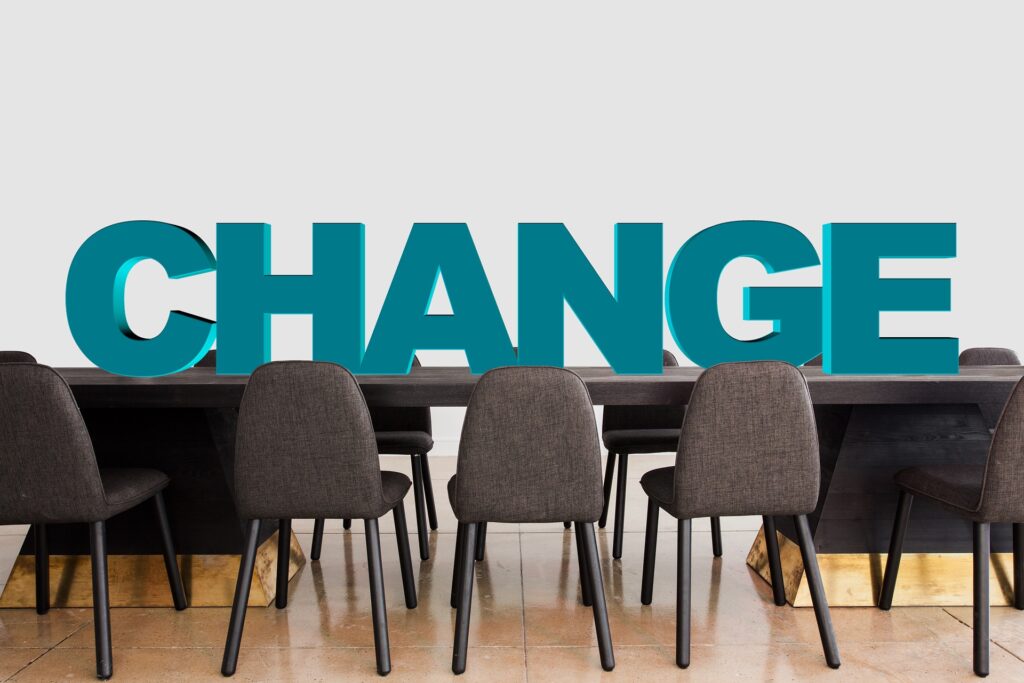
Change is Uncomfortable
Whether in business, sports, government, not for profit or other industries, executives and individuals are constantly pushing themselves and their organizations to get better. Is that just a human trait or do some people just have a need to not rest on their laurels? The answer lies in the fact that the world does not let you stand still. Competitors, whether corporations or individuals, keep pushing breakthrough results, The Olympics offer a perfect example. You can win your heat in personal or Olympic record time, only to be beaten in the final by someone turning in a world record performance.
Legendary professional golfer, and later broadcaster, Ken Venturi, told a story about how he helped young golfers improve their technique and performance. He said some of them saw the results, but did not want to keep doing what he said because “it did not feel comfortable.” His response was “do you want to feel comfortable or win golf tournaments?” Doing what is uncomfortable means getting out of your comfort zone and sometimes in a dramatic way.
In business, I have heard it said that “every day you get a little bit better or a little bit worse, but the competition does not let you stay the same even if you are on top.”
Strategic executives know that every business has a cycle and that what worked for them as a leader in the past will not work in the future. They must retool themselves and build new skills and techniques to adapt to an ever-changing environment and work force. Command and control techniques worked well in the 50s and 60s but have long been outpaced by nimble, decentralized units with leaders who have the authority to make things happen.
There are multiple ways for you to approach this situation, and you need to choose the one that will work for you, and not just to make you feel comfortable!!
Try and Fail
No one wants to fail but breaking out of your comfort zone means attempting something not knowing if it will ultimately produce the desired result. How about delegating something to an individual who has less experience than you. Explain the “what” you want done and the desired result. Coach them along the way but let them make the decisions. If it does not work out, you learned a lesson about the executive that you gave the chance to prove themselves. You also learned about how you can “let go” and handled a setback. Either way you “played to win, rather than playing not to lose.”
Try and Show Slow Improvement
With a better result than option one above, this shows you, the person that you trusted, and your team that you are willing to take chances. That will likely make them more risk tolerant and have them feel the trust that you have placed in their abilities. Everyone gains, especially those looking at the culture that you have created.
Try and Show Breakthrough Improvement
This is the obvious result that we always look for and sometimes you can reenergize the “slow improvement” situation to gain a “breakthrough.” Jim Collins spoke about this in his book “Good to Great.” Sometimes just setting higher expectations and focusing on execution can produce a huge breakthrough. It doesn’t always need to be a Big Audacious Hairy Goal (BHAG).
The best example of why you should push yourself as an executive comes from this famous quote: (emphasis added)
“We choose to go to the Moon in this decade and do the other things, not because they are easy, but because they are hard; because that goal will serve to organize and measure the best of our energies and skills, because that challenge is one that we are willing to accept, one we are unwilling to postpone, and one we intend to win, and the others, too.”
President John F. Kennedy
If you are interested in learning more about executive coaching and how to improve your leadership skills contact The Bailey Group www.thebaileygroup.com.



